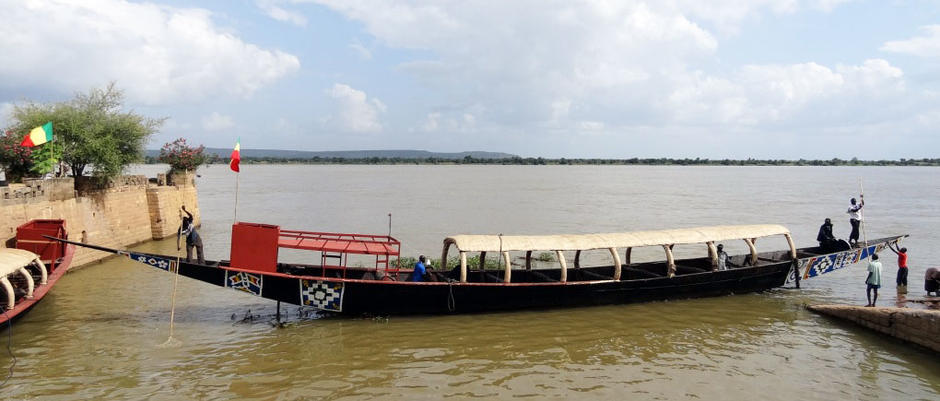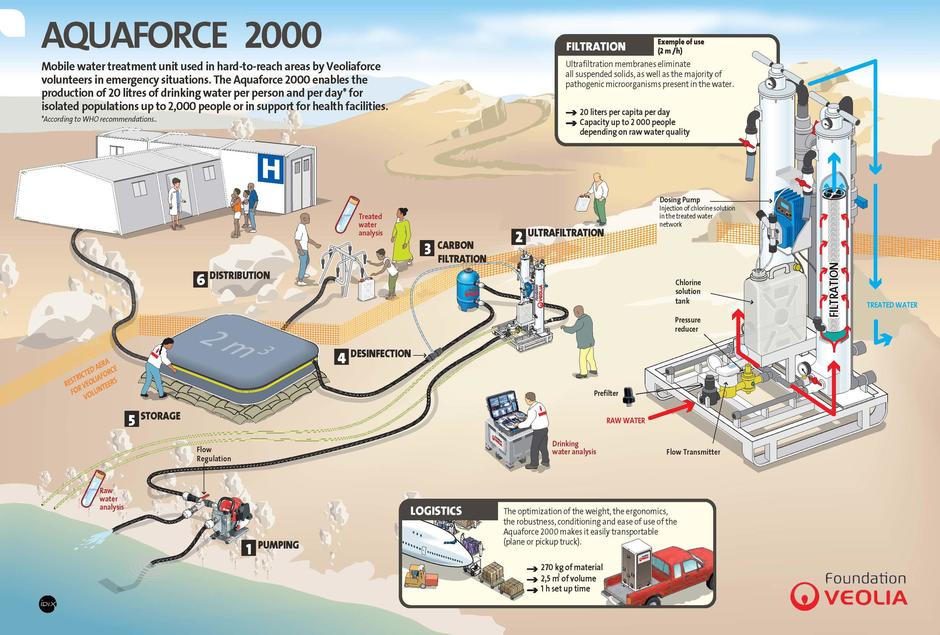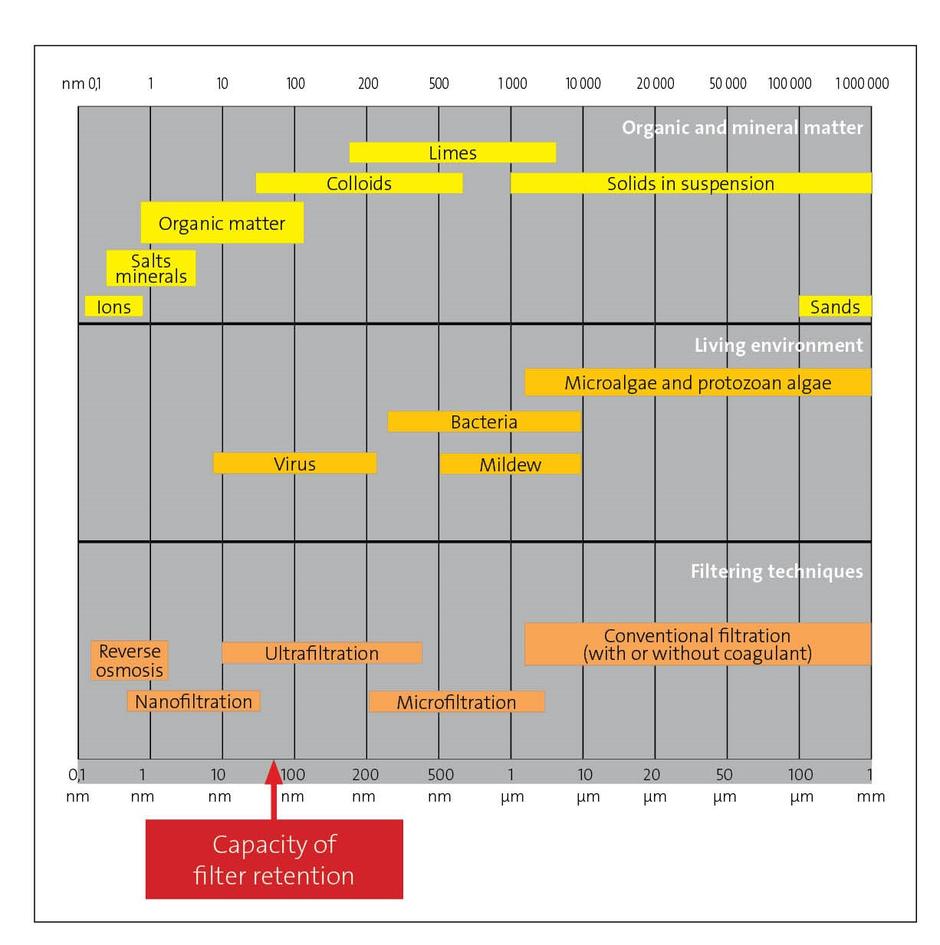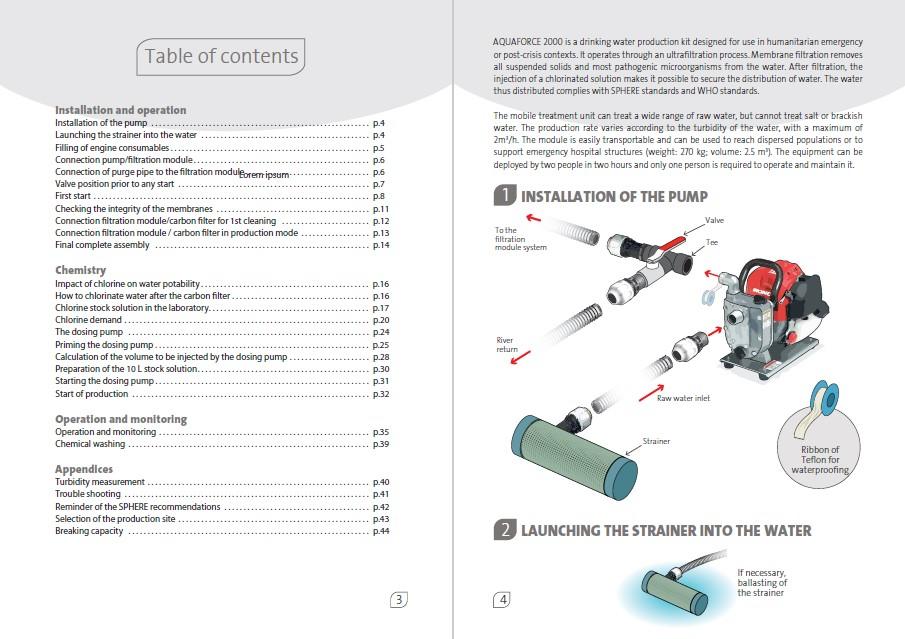Aquaforce 2000: features and figures
The Aquaforce 2000 treatment unit is particularly well-suited to delocalized production in difficult-to-access areas and is used in the humanitarian context for direct distribution or to support hospital structures.
Features:
- The portability and speed of start-up allow isolated populations of up to 2000 people to be reached quickly with a flow rate of 2m3/h from raw water.
- The simplicity of the implementation and operation operations, combined with the robustness of the materials, allow low-skilled personnel to be quickly able to operate the station over the long term.
Technical information
Weight: 270 kg
Volume: 2.5 m3
Flow rate: 2.00 m3/h
Capacity: 2,000 people*
Material: 316L stainless steel
Exterior coating: epoxy paint
Mounting time: 2h
Cut-off threshold: 0.04µm
---
*According to WHO recommendations.
Ultrafiltration
Equipped with ultrafiltration membranes with a cut-off threshold of 0.04µm, Aquaforce 2000 naturally stops all colloids and bacteria, as well as some of the viruses potentially present in raw water. The treatment is completed by the injection of chlorine to finalize the disinfection and ensure persistence in the distributed water.
Training materials
In addition to the infography, the Aquaforce 2000 benefits from a pedagogical user manual.
> Discover some pages and contact us if you would like to have access to the complete comic book manual.
In the field
Haiti, 2016: Hurricane Matthew
Six stations are deployed in remote and hard-to-reach areas. The Aquaforce 2000 is transported by helicopter and pickup truck.
> Raw water up to 380 NTU
Five minutes to understand the intervention in Haiti: extract from Haïti : les oubliés, a TV Report by Gwenlaouen Le Gouil and Thomas Lhoste - November 2016, 19th.

Mali, 2012: Fight against cholera on the Niger River
Two units are loaded on pinnaces to ensure itinerant water production for villages along the Niger River.
> Raw water up to 80 NTU

On many other fields:
- In 2017, in Iraq, during the Battle of Mosul, a unit was deployed to provide water to the Qayyara hospital behind the front line.
- In 2016, in Ecuador, after an earthquake, two stations were deployed to reinforce the water supply to two districts of cities affected by the earthquake (raw water up to 650 NTU).
Etc.




